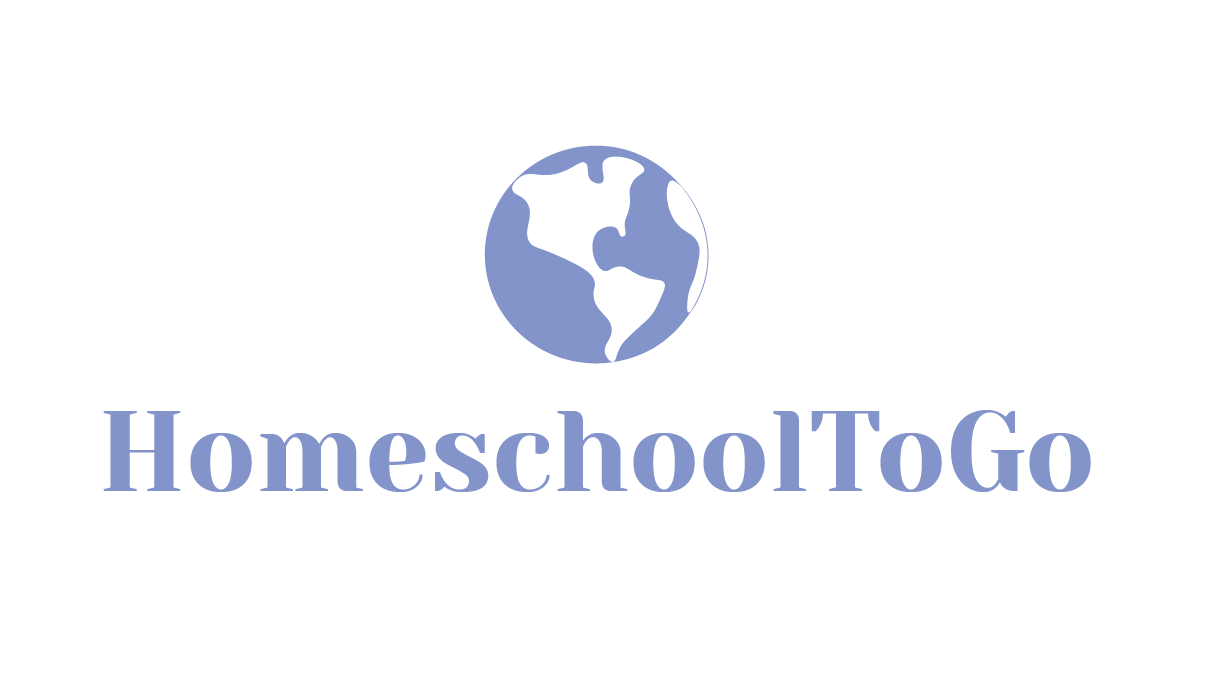Nurturing Young Minds: The Power of Bilingual Education in Elementary Years
In today’s interconnected world, bilingual education has become a cornerstone for preparing children to thrive in diverse environments. The elementary years are particularly crucial for language acquisition, as children’s brains are naturally primed for learning multiple languages. Whether you’re navigating a traditional school system, embracing homeschool, or integrating innovative methods like project-based learning, bilingual education can be a transformative experience. Here’s how to make it meaningful and engaging for elementary-age learners.
Foto di Nick Fewings su Unsplash
The Benefits of Bilingual Education
Learning two languages from an early age offers a host of cognitive, social, and academic benefits. Research shows that bilingual children often excel in divergent thinking—the ability to generate creative solutions and ideas. This is because switching between languages strengthens cognitive flexibility and problem-solving skills.
For homeschool families, bilingual education is a particularly enriching option. It allows parents to tailor lessons to their children’s interests and pace while weaving language learning into everyday life.
Incorporating Project-Based Learning into Bilingual Education
Project-based learning (PBL) is an ideal approach for teaching a second language. By engaging children in hands-on, real-world projects, PBL fosters language development in a natural, immersive way.
Here are some bilingual PBL ideas for elementary-age learners:
Cultural Exploration: Create a project focused on a country where the target language is spoken. Research its traditions, make a traditional dish, and present findings in the second language.
Storytelling: Write and illustrate a bilingual storybook. This combines creativity, language practice, and literacy development.
Nature Journals: Observe plants, animals, or weather patterns and record findings in both languages. This reinforces vocabulary related to science and nature.
Community Interviews: Interview bilingual members of the community and share their stories. This builds conversational skills and confidence.
These projects not only enhance language learning but also encourage critical thinking and problem-solving—skills essential for divergent thinkers.
Foto di Stephen Andrews su Unsplash
Tips for Successful Bilingual Homeschooling
Create a Language-Rich Environment: Surround your child with opportunities to hear and use both languages. Label household items, listen to bilingual audiobooks, or watch educational videos in the target language.
Set Realistic Goals: Focus on consistency rather than perfection. Incorporate daily routines, like reading a bilingual book or practicing new vocabulary during meals.
Leverage Technology: Use apps and online platforms designed for bilingual learners. Many provide interactive lessons that make language practice fun and engaging.
Engage in Play-Based Learning: Play is a powerful learning tool. Games, role-playing, and songs in the second language can make lessons feel effortless.
Integrate Language Across Subjects: Teach math, science, or art in the second language to provide meaningful context for vocabulary and grammar.
Fostering Divergent Thinking through Bilingual Education
Bilingual education naturally fosters creativity and divergent thinking. Children learn to approach challenges from multiple perspectives, a skill that will serve them well throughout life. Encourage this mindset by incorporating open-ended questions and activities into your lessons. For example, ask your child to design a bilingual board game or solve real-world problems, like planning a bilingual family outing.
Foto di John Benitez su Unsplash
The Homeschool Advantage
For homeschool families, bilingual education offers unparalleled flexibility. You can adapt your teaching methods to fit your child’s unique learning style, incorporate their interests, and move at a pace that ensures deep understanding. By blending bilingual learning with project-based activities, homeschooling becomes an enriching experience that fosters both language proficiency and critical life skills.
A Lifelong Gift
Bilingual education during the elementary years is more than just a language lesson—it’s a gateway to broader horizons, deeper cultural understanding, and enhanced cognitive abilities. Whether you’re homeschooling, exploring project-based learning, or nurturing a divergent thinker, the journey to bilingualism is a gift that will benefit your child for a lifetime.
Celebrate every word learned, every project completed, and every milestone achieved. These moments reflect not just academic growth but the development of a confident, creative, and globally-minded individual. In the end, bilingual education is about more than language—it’s about preparing children to navigate and embrace a beautifully diverse world.
Are you looking for a bilingual curriculum? Apply here.




